Understanding Freshwater Aquarium Lighting
Updated on 05/27/24
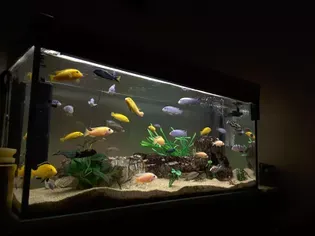
Delve into the Illuminating World of Freshwater Aquarium Lighting: A Comprehensive Guide
In the vibrant tapestry of a freshwater aquarium, lighting plays an indispensable role, nourishing the ecosystem and showcasing its mesmerizing inhabitants. Whether you're a seasoned aquarist or an aspiring enthusiast, understanding aquarium lighting intricacies is paramount to creating a thriving underwater paradise.
Illuminating the Basics
The primary purpose of aquarium lighting is to mimic the natural daylight cycle, providing optimal conditions for plant growth and animal well-being. Light influences essential processes such as photosynthesis, feeding, and breeding.
Types of Aquarium Lighting
The market offers a diverse range of lighting options, each with its unique characteristics:
* Fluorescent Lights: These energy-efficient tubes come in various sizes and spectrums, offering customized lighting for specific tank setups.
* LED (Light-Emitting Diodes): Ultra-efficient and long-lasting, LEDs provide precise control over light intensity, color, and duration.
* Metal Halide Lights: Intense and penetrating, these lights are favored for deeper tanks where high light levels are required.
* High-Pressure Sodium (HPS) Lights: These powerful lights provide a warm, reddish spectrum that enhances fish coloration.
Choosing the Right Lighting
Selecting the optimal lighting for your aquarium depends on the following factors:
* Tank Size: Determine the appropriate wattage and coverage area based on the tank's dimensions.
* Plant Requirements: Consider the light intensity and spectrum required for the specific plant species you intend to grow.
* Animal Species: Some fish and invertebrates require specific light conditions for optimal health and behavior.
* Aesthetic Preferences: Choose lighting that complements the desired ambiance and showcases the aquarium's beauty.
Light Intensity and Duration
The intensity and duration of lighting play a crucial role in aquarium health.
* Intensity: Measure light intensity in lumens per gallon (lm/gal) or watts per gallon (W/gal). Most planted aquariums require 2-5 W/gal or 20-50 lm/gal.
* Duration: Aim for 8-12 hours of lighting per day, mimicking the natural daylight cycle. Use a timer to ensure consistent lighting schedules.
Light Spectrum and Color Temperature
The spectrum of light emitted by the lighting fixtures impacts plant growth, fish behavior, and the overall appearance of the aquarium.
* Blue and Red Spectrum: Essential for photosynthesis, these wavelengths promote plant growth.
* White Spectrum: Provides a natural, balanced spectrum that enhances aesthetics.
* Color Temperature: Measured in Kelvin (K), color temperature ranges from warm (2,700-3,500 K) to cool (5,000-6,500 K). Warmer temperatures simulate sunrise and sunset, while cooler temperatures mimic midday light.
Examples of Lighting Setups
* Low-Light Setup (1-2 W/gal): Ideal for low-maintenance plants and fish that prefer subdued lighting.
* Medium-Light Setup (2-5 W/gal): Suitable for a variety of plants and fish, including some demanding species.
* High-Light Setup (5+ W/gal): Designed for specialized plants that require intense lighting for optimal growth.
Additional Considerations
* Reflectors: Maximize light coverage by using reflectors to redirect light towards the aquarium.
* Fertilization: Plant growth is dependent on both light and nutrients. Ensure adequate fertilization to complement lighting.
* Algae Control: Excessive lighting can promote algae growth. Control it by maintaining proper lighting duration and intensity, and by implementing regular cleaning routines.
Conclusion
Understanding freshwater aquarium lighting is a key aspect of maintaining a thriving ecosystem. By carefully selecting and implementing lighting systems tailored to your specific tank setup, you can create an environment that nourishes plants, highlights fish coloration, and enhances the overall beauty of your underwater paradise. As you delve deeper into the world of aquarium lighting, remember to observe the effects on your plants and animals, continually adjusting and refining your setup to ensure optimal health and well-being.
Explore More Pets
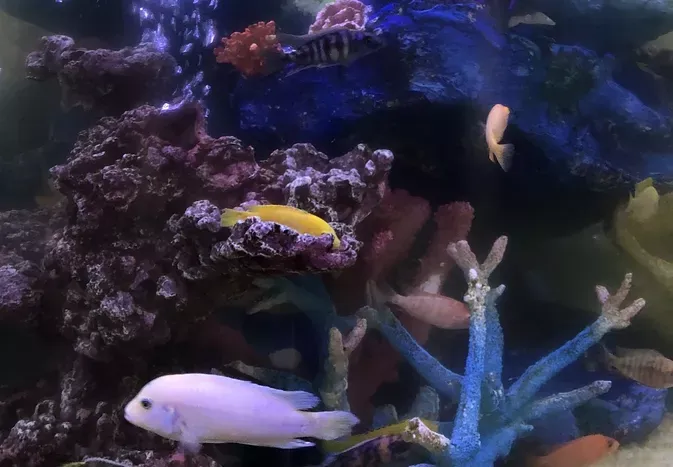
Freshwater Aquarium Filters
How to Deal With Cloudy Aquarium Water
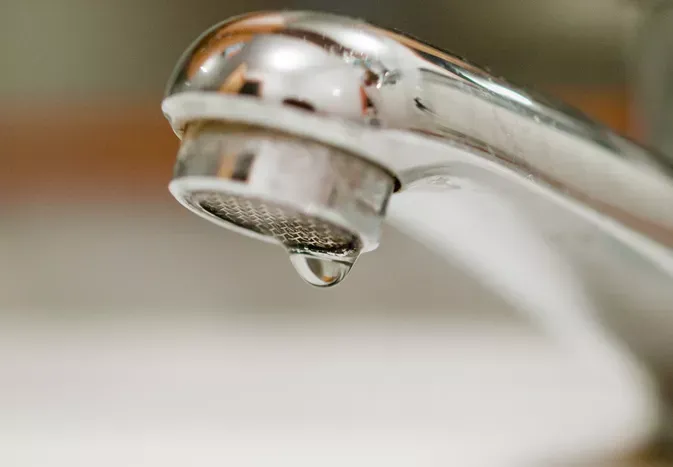
Saltwater Aquarium Filters
How Do You Remove Chloramines From Tap Water?
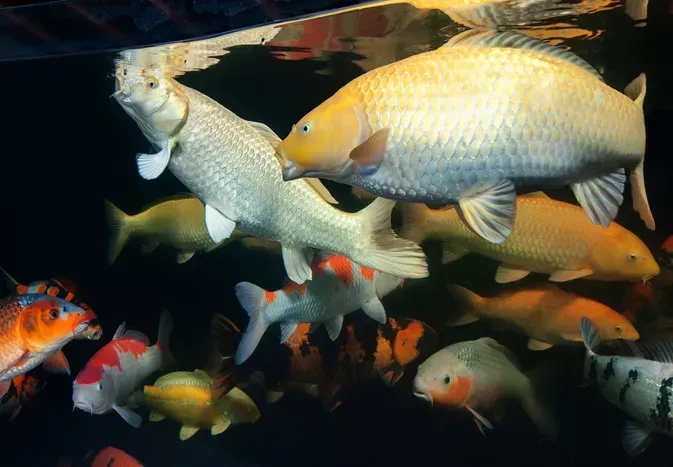
Freshwater Aquariums & Habitat
Can I Keep My Koi Fish Inside?
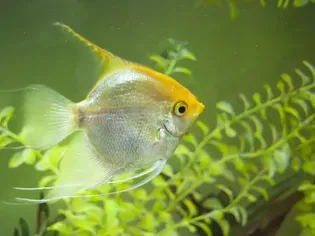
Saltwater Aquariums & Habitat
14 Best Floating Plants for Your Aquarium
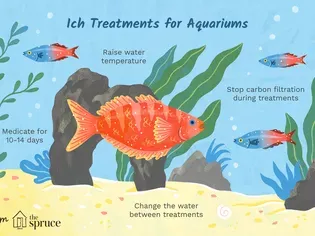
Freshwater Fish Health
How to Treat Ich on Freshwater Fish
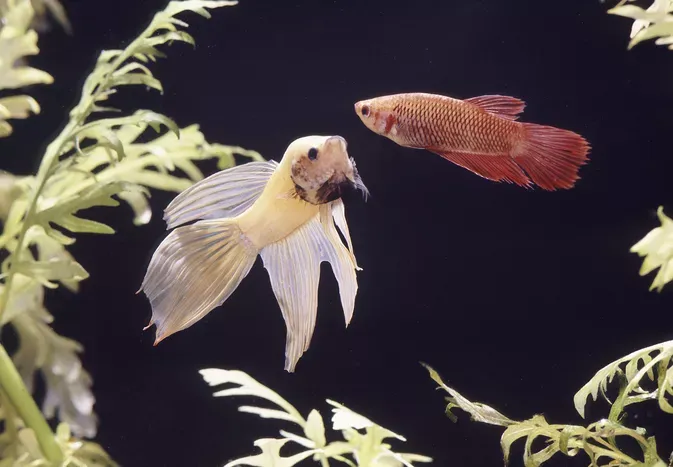
Saltwater Fish Health
Fin Rot in Aquarium Fish
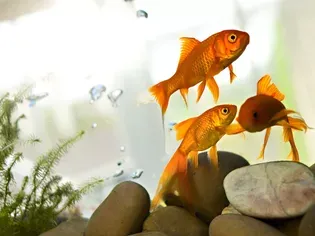
Freshwater Aquarium Filters
How to Do Aquarium Water Changes
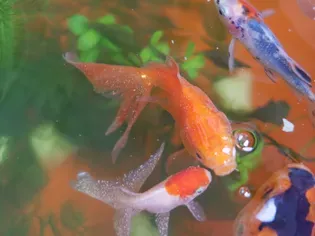
Saltwater Fish Health
How Do Fish Get Parasites?
